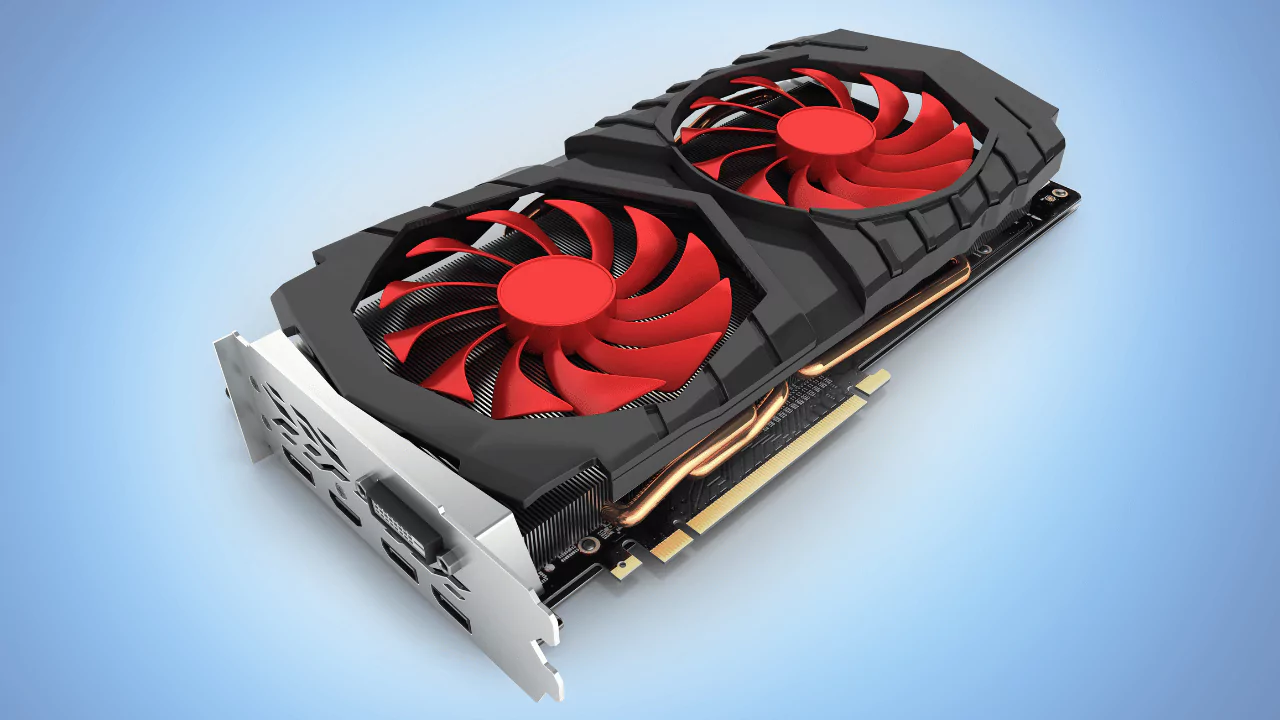Overheating can cause a drop in performance, and can even cause your computer to shut down. The GPU, or graphics processing unit, generates a lot of heat, and normal GPU operating temperatures are similar to what you would expect from a CPU.
For example, AMD GPUs have normal temperatures between 65 to 75 °C, while Nvidia GPUs have normal temperatures between 95 to 100 °C. If the GPU gets too hot, it can cause a sudden drop in performance or even shut down.
Symptoms of GPU Overheating
An overheating GPU can throw a wrench into your computer’s operations. Here are some warning signs to be on the lookout for:
- Sudden shutdowns: If your computer abruptly shuts down during demanding tasks like gaming or video editing, it could be a sign of overheating. The GPU, overwhelmed by heat, may trigger a safety measure to prevent permanent damage.
- Black screens: A black screen can be caused by a variety of issues, but it shouldn’t be ruled out as a symptom of GPU overheating. When the GPU gets too hot, it can malfunction and cause the display to cut out entirely.
- High fan noise: Your computer’s fans are designed to expel heat, and they’ll naturally ramp up their speed when the GPU starts to cook. This can result in a noticeable and irritating increase in fan noise, a sign that the cooling system is working overtime.
Causes of GPU Overheating
Several factors can contribute to GPU overheating. Here are the most common culprits:
- Dust and dirt buildup on fan: Over time, dust and dirt can accumulate on the GPU’s fan, acting like a tiny blanket. This blanket traps heat around the GPU, hindering its ability to cool down.
- Restricted airflow: If your computer case is akin to a sealed vault, hot air can get trapped around the GPU, causing it to overheat. Proper airflow is crucial for allowing heat to escape the case.
- Overclocking for more power: Pushing your GPU beyond its factory settings for a performance boost (overclocking) can generate more heat. This extra heat puts additional stress on the cooling system, which may not be able to handle the extra workload.
- Old thermal paste: Thermal paste acts like a thermal conductor, transferring heat from the GPU to the heatsink, which then dissipates heat with the help of fans. Over time, this paste can dry out and become less effective at transferring heat.
How to Tell if Your GPU is Overheating?
There are a few ways to check if your GPU is overheating:
- Temperature monitoring: Many software programs allow you to monitor your GPU’s temperature. A safe operating range typically falls between 65°C and 85°C (149°F and 185°F). However, it’s always best to consult your GPU manufacturer’s specifications for specific recommendations.
- Fan speed check: Most software also lets you monitor your GPU’s fan speed. If the fans are constantly running at high speeds, it’s a strong indication that the GPU is trying to compensate for overheating by pulling in more cool air.
- Observe performance issues: If you experience stuttering, lag, or crashes during demanding tasks, it could be due to GPU overheating. When the GPU gets too hot, it may throttle its performance to avoid damage, resulting in these performance issues.
How to Cool Down an Overheating GPU?
If you suspect your GPU is overheating, here are some steps you can take to cool it down:
- Clean the fan: Open your computer case with care and remove any dust buildup from the GPU fan and heatsink with compressed air. Be gentle – never touch the fan blades while they’re spinning, as this can damage them.
- Improving airflow: Ensure your computer case has proper ventilation by checking if the intake and exhaust fans are unobstructed. If necessary, consider adding more case fans to improve airflow and help expel hot air.
- Adjust overclocking settings: If you’ve overclocked your GPU for more performance, reduce the settings to lessen the heat generated. This will help take some stress off the cooling system.
- Replacing thermal paste: Replacing dried-out thermal paste with fresh paste can significantly improve heat transfer. However, this process requires some technical expertise. If you’re not comfortable doing it yourself, consider consulting a professional.
- Consider liquid cooling options: For extreme situations or high-performance setups, a liquid cooling system for your GPU can be a viable option. Liquid cooling is a more advanced solution, so do your research before diving in to ensure it’s compatible with your system.
By identifying the cause of overheating and taking appropriate action, you can prevent damage to your GPU and ensure smooth performance for your computer. Remember, keeping your GPU cool is essential for a healthy and happy computer. A cool GPU translates to a smooth-running system, free from crashes and performance issues.







